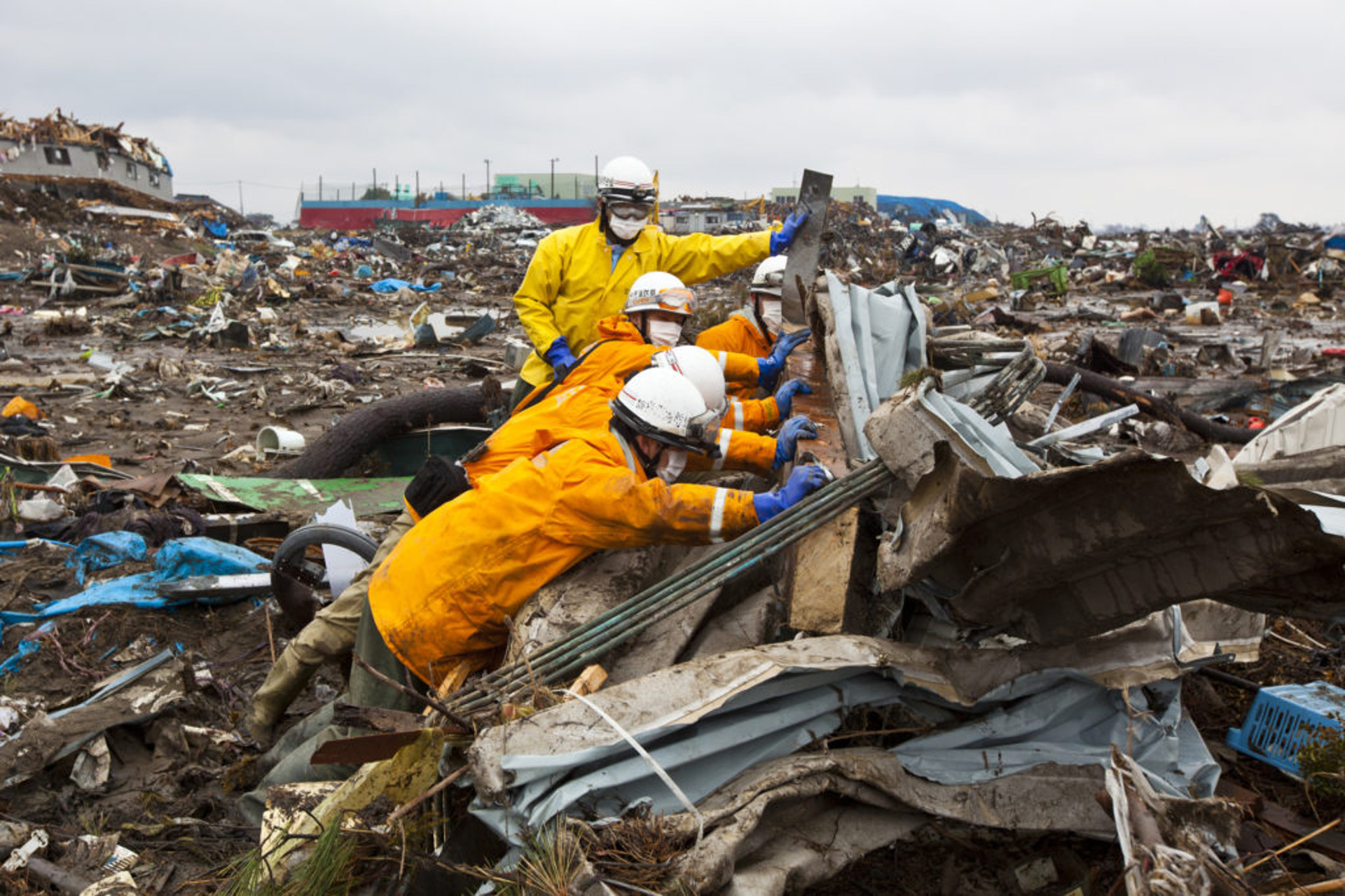
It was not how things were supposed to happen. We were responding to a disastrous earthquake that hit a remote area of Central Asia and killed thousands of men, women, and children. Our three trucks—loaded down with provisions—had just rounded a treacherous bend in the mountain road, skirting the precipice of a canyon. Suddenly, the two trucks in front of me began slowing down.
As I slowed, I watched as a boulder rolled down the mountain toward the front of the first truck. The driver opened his door and ran from the still-moving vehicle. The driver of the second truck did the same. Both trucks puttered to a stop. Within a matter of seconds, a multitude was running down the slope toward the abandoned trucks. It was an ambush.
I jumped out of my vehicle and yelled to the drivers, “Just let them take it!” The attackers smothered the trucks, grabbing anything they could carry. Young children in the mob joined the fray, only to have their items stolen from them by stronger looters. Within minutes everything was gone. The vandals were back over the mountain and, again, in hiding.
Catastrophic Need and Catastrophic Relief
Catastrophic relief attempts like the incident above are not only heartbreaking; they occur far too often simply because of the lack of good planning. The result is that resources are squandered and good opportunities are lost to truly help people in need. When things go wrong, it’s certainly good to take a step back and evaluate. But an even better approach is to seek training first and, thereby, avoid preventable missteps altogether.
When things go wrong, it’s certainly good to take a step back and evaluate. Even better is to seek training first and avoid preventable missteps altogether.
A Battered World with Huge Needs
After seeing this happen time and again, it would be easy to get discouraged. But in the face of our struggles, my organization—Baptist Global Response—has labored to figure out how to strategically provide aid to people in a way that actually helps. Our aim is to model and train others how to give a cup of water in Jesus’s name (Matt. 10:42, Mark 9:41) in a way that shows his heart for the world and also recognizes the world’s need for Christ.
Common Reasons Why Humanitarian Aid Efforts Go Wrong
Many of the common reasons that aid efforts fail to accomplish their goals have to do simply with poor planning:
- A predistribution assessment of the situation is not done.
- A preselected list of the most vulnerable victims and recipients of aid is not created.
- A predetermined security plan with the community is not agreed upon.
- A restricted access distribution point is not utilized.
Simple Strategies to Help Humanitarian Aid Efforts Go Right
That said, a bit of good planning using simple strategy can facilitate a smooth process for aid efforts:
- Assess the need with both national partners and the affected community.
- Allow them to tell you what is needed and who should receive the aid.
- Predistribute coupons to the recipients for them to redeem the day of the distribution.
- Have the recipients line up and check in before things start.
- Place the check-in point a good distance from the distribution point.
- Distribute the items in a restricted access location (not the back of a truck).
- Plan to distribute everything within one to two hours.
Humanitarian Aid is Biblical
You would be hard-pressed to find a New Testament leader who did not support meeting needs, but they never lost the emphasis on the greater spiritual need. The Gospels abound with instances in which truth was shared and needs were met. Numerous people came to Christ because of some sort of need. In those four books, Jesus shared the truth about himself 157 times. In ninety-nine of those times, he also brought physical healing and/or relief from hunger.
Luke wrote in Acts that the church held all things in common to assist those in need (Acts 2:43–47). The result of such concern in the church was the conversion of many. Regional groups of Christians contributed to assist those in need from the famine, such as Macedonia and Achaia (Rom. 15:6). Paul connected the physical and spiritual needs of people (Rom. 15:27). He and Barnabas—following the instructions of the Jerusalem Council and its leaders (James, Peter, and John)—saw assisting the poor as important (Gal. 2:7–10).
But a Cup of Water is Not Good Enough by Itself
Baptist Global Response equips responders to plan for the safe distribution of aid because well-planned training helps maximize “cup-of-water” opportunities to aid limitless kingdom expansion. Humanitarian crises are indeed tragic, but attempts to bring relief in their wake should not be. Opportunities to deliver aid are also opportunities to reveal kingdom principles of wisdom, grace, and truth to people whose needs are physical but also critically spiritual.
Pat Melancon has served in international disasters for more than twenty-five years. He currently serves as the Asia Rim area director for Baptist Global Response. He is also a recognized international instructor for The Sphere Project: Humanitarian Charter and Minimum Standards in Humanitarian Response. Pat has taught hundreds of courses in humanitarian crisis intervention for governments, universities, seminaries, NGOs, and churches.
Visit www.gobgr.org to learn more.

